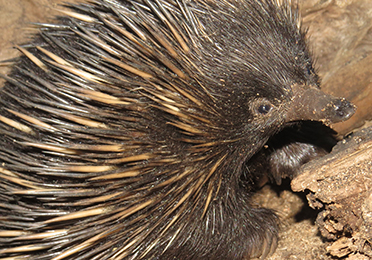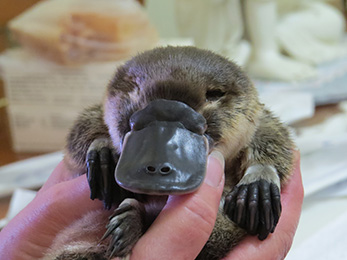MONOTREMES
Monotremes: The Egg-Laying Mammals of Australia and New Guinea
Monotremes are unique egg-laying mammals found only in Australia and New Guinea. Discover the fascinating world of echidnas and platypus, their ancient evolution, and why protecting them matters.
What Are Monotremes?
Monotremes are one of nature’s most fascinating puzzles – mammals that lay eggs instead of giving birth to live young. This extraordinary trait connects them to birds and reptiles, yet they remain distinctly mammalian thanks to their warm-blooded physiology, milk production, and fur.
Today, only five species of monotremes remain on Earth:
- Echidnas (family Tachyglossidae) – four different species
- Platypus (Ornithorhynchus anatinus) – the only member of its family
This tiny group of survivors offers an evolutionary window into a past when mammalian characteristics were still taking shape.
Where Do Monotremes Live?
Monotremes are found only in Australia and New Guinea, a testament to the region’s isolated and unique evolutionary history. Their limited distribution makes them especially valuable, as they represent lineages that have survived for millions of years no place else on Earth.
Peculiar Traits That Define Monotremes
1. An Ancient Lineage
Monotremes split from other mammals tens of millions of years ago, long before marsupials and placental mammals evolved. They are, in effect, living fossils that bridge the gap between reptilian ancestors and modern mammals.
2. Egg-Laying Reproduction
Instead of live birth, monotremes lay one or two leathery eggs. These are incubated in a “pouch” (as in Echidnas) or curled against the body (as with Platypus). After about 10 days, the eggs hatch into highly vulnerable young.
3. Milk Without Nipples
Monotremes produce milk for their hatchlings but lack nipples. Instead, milk is secreted through specialised glands in the mother’s skin, pooling for the young to lap up or absorb.
4. Cool Body Temperature
With an average body temperature of only 30–32°C, monotremes have one of the lowest temperatures among mammals. This may help them conserve energy and adapt to a variety of environments.
5. Electroreception: A Sixth Sense
One of their most astonishing features is electroreception – the ability to detect weak electrical signals from prey. In Platypuses, this sense is highly advanced, allowing them to hunt in murky waters. Echidnas also use it to detect ants and termites underground.
6. Reptile-like Skeleton
Monotremes have skeletal features resembling reptiles, such as a primitive shoulder girdle. Yet they maintain signature mammalian traits like fur, warm-bloodedness, and milk production.
Why Monotremes Matter in Evolution
Monotremes are more than quirky survivors – they are crucial living evidence of how mammals evolved. Their existence helps scientists understand the evolutionary transition from reptile-like ancestors to modern mammals, making them an irreplaceable part of biological research.
Conservation and Ecological Importance
Despite their resilience through millions of years, monotremes face modern challenges:
- Habitat loss from development and deforestation
- Predation by introduced species and domestic pets
- Climate change, which alters their fragile habitats
Protecting monotremes not only safeguards these remarkable animals but also helps maintain the ecological balance of Australia and New Guinea’s ecosystems. They serve as indicators of environmental health, meaning their well-being reflects the condition of broader ecosystems.
A Marvel of Nature
From their egg-laying reproduction to their milk without nipples and electric senses, monotremes challenge almost every assumption we have about mammals. They blur the lines between categories and invite us to appreciate the full diversity of life on Earth.
By understanding and protecting these incredible animals – Echidnas and the Platypus – we keep alive a living link to our planet’s ancient past while ensuring healthier ecosystems for the future.


